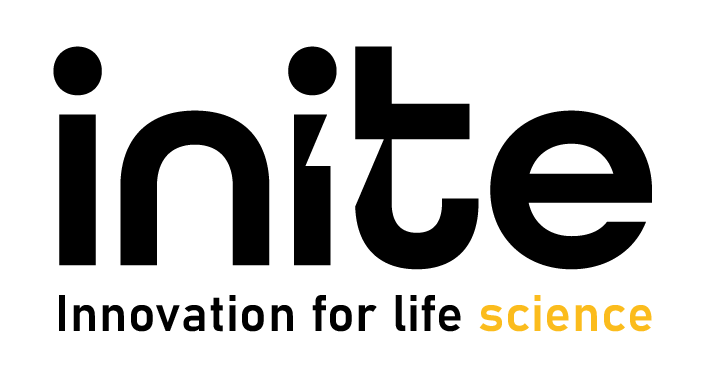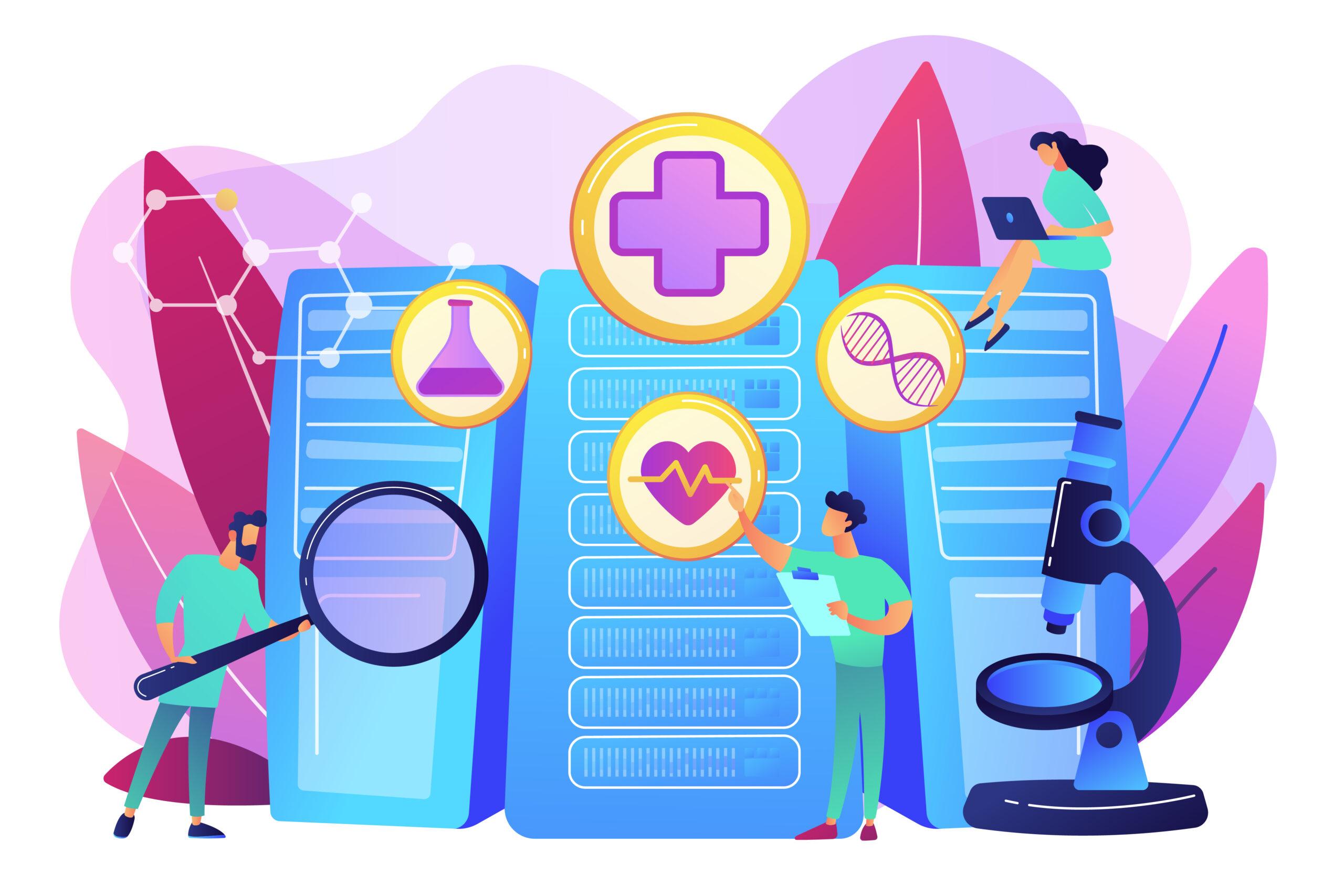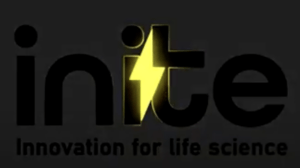Software as a Medical Device (SaMD) refers to software intended to be used for medical purposes, without being part of a hardware medical device. In today’s world, SaMD plays a crucial role in healthcare, contributing to diagnostics, treatment planning, monitoring, and other medical applications. The increasing integration of technology in healthcare has led to the development and utilization of various SaMD solutions, ranging from mobile health apps to sophisticated diagnostic software.
Need for SaMD:
- Enhanced Patient Care: SaMD enables healthcare providers to deliver more personalized and efficient care to patients. It aids in diagnosis, treatment, and monitoring, leading to better health outcomes.
- Remote Monitoring and Telehealth: SaMD facilitates remote patient monitoring and telehealth services, allowing healthcare professionals to monitor patients in real-time and provide timely interventions, especially relevant in situations like the COVID-19 pandemic.
- Efficiency and Cost-Effectiveness: SaMD contributes to the efficiency of healthcare processes, reducing the need for manual interventions and paperwork. It can also lead to cost savings by optimizing resource utilization.
The regulatory compliance of these devices has three components:
- Quality Management System (QMS): SaMD must adhere to a robust QMS that complies with international standards such as ISO 13485. This ensures that the software is designed, developed, and maintained in a controlled and traceable manner.
- Risk Management: SaMD developers must conduct a thorough risk analysis to identify and mitigate potential hazards associated with the software. This includes assessing the impact of software failures on patient safety and implementing measures to minimize risks.
- Regulatory Approval: Depending on the jurisdiction, SaMD may need regulatory approval or clearance before it can be marketed and used in a medical context. In the United States, for example, the Food and Drug Administration (FDA) oversees the approval process for SaMD through the premarket notification (510(k)) or premarket approval (PMA) pathways.
Achieving regulatory compliance while maintaining an agile software development approach involves the following strategies:
- Early and Continuous Engagement with Regulatory Authorities: Engaging with regulatory authorities early in the development process helps in understanding and addressing compliance requirements. Continuous communication ensures that any changes in requirements are addressed promptly.
- Iterative Risk Management: Integrate risk management into the agile development process. Regularly assess and update risk profiles as the software evolves. This ensures that risk mitigation measures are in place and align with regulatory expectations.
- Documentation and Traceability: Maintain comprehensive documentation and traceability throughout the development lifecycle. This includes documenting design decisions, testing protocols, and changes made during each iteration. Robust documentation facilitates regulatory submissions and audits.
In summary, while regulatory compliance for SaMD involves adherence to specific standards and approval processes, integrating regulatory considerations into an agile development framework is crucial. This approach ensures that software development remains flexible and responsive to changing requirements while meeting the necessary regulatory standards.





Awsome post and straight to the point. I am not sure if this
is actually the best place to ask but do you folks have
any ideea where to employ some professional writers?
Thanks in advance 🙂 Najlepsze escape roomy